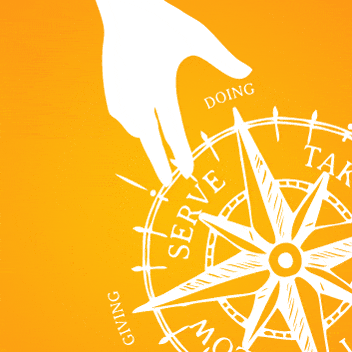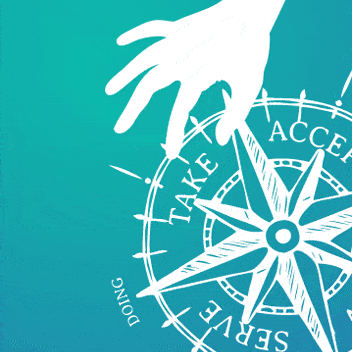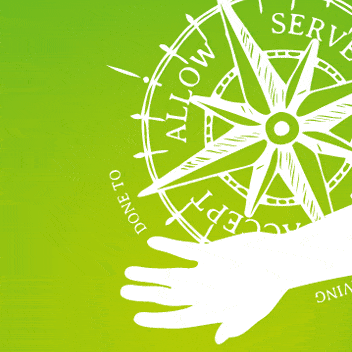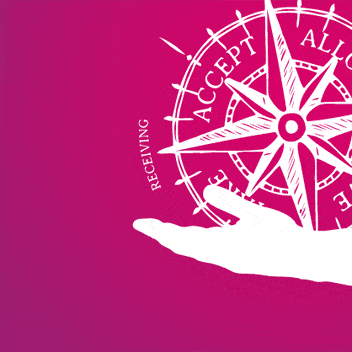
Why good boundaries actually create more freedom
Most of us view freedom as something desirable.
Personal freedom, ideological freedom, bodily freedom, freedom of movement…
I imagine most of those are things that you’d like more of for yourself.
But we also tend to think of freedom as meaning something limitless, without restrictions.
So when thinking about accessing more freedom it might seem a bit counterintuitive to include boundaries as part of that.
Relationships need good boundaries
The reality is that almost everything exists in relation to something else. Particularly when it comes to people.
And just because I want something doesn’t mean you also want it.
So in order for us both to have any kind of functioning relationship we’ll probably need to put some restrictions in place.
We need rules and agreements in order to feel safer, and freer, with each other.
In other words: we need to have good boundaries and limits.
What happens when boundaries aren’t clear
The trouble is, most of us haven’t had good modelling of how to do this well. And so we often end up either putting too many restrictions in place, or not enough.
“If we are inclined to be overboundaried — overbudgeting for defense — we wall ourselves in, confusing security with freedom. On the other hand, if we tend to be underboundaried — leaving the gates too open — we [end up] confusing fusion with intimacy, limitlessness with freedom, and excessive tolerance with compassion”. Robert Masters
This can become a problem particularly in romantic or erotic relating where there is often an idealised notion of ‘merging as one’.
If you want good boundaries in your personal relationships you need to have them everywhere else first. So when even elite business magazine Forbes is advocating the importance of setting healthy boundaries it’s probably time to get serious about them!
So how can you experience more freedom AND create a healthier relationship with your limits and boundaries?
Here’s a different way of thinking about boundaries and limits
The word ‘boundaries’ and the word ‘limits’ often get used interchangeably. But I think it’s helpful to make a distinction between them.
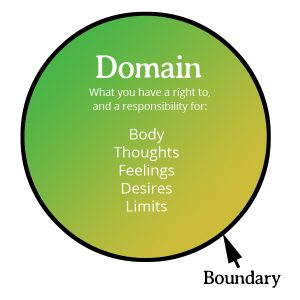 I think of a boundary rather like a fence surrounding my garden, or my domain. Inside this domain are the things which are always uniquely mine: like my thoughts, my feelings, my desires, my body – and my limits.
I think of a boundary rather like a fence surrounding my garden, or my domain. Inside this domain are the things which are always uniquely mine: like my thoughts, my feelings, my desires, my body – and my limits.
Things in my domain are pretty fixed – by which I mean they are things which I always have a right to (nobody else can tell me what I’m feeling, or thinking – although they might try!), but which I also always have a responsibility for (expressing my feelings may impact someone else).
My limits on the other hand are more fluid, and might change often, depending on the circumstances, and who I’m with.
I might be up for doing a particular thing with you, but not with someone else. Or doing it right now, but not in an hour’s time.
But I still always have a right to, and a responsibility for, my limits – no matter what they are or how often they change.
What happens when someone tries to cross your boundary
If I think of my boundary as being like a fence, when someone tries to cross it what they’re doing is trying to break into my domain and change something that belongs to me.
Maybe they want me to think more like them; or they don’t like a limit I’ve placed; or they’re experiencing a feeling they don’t like so they try to put that on me.
If you’ve ever experienced someone trying to do that, you’ll know it doesn’t feel good. And the natural response is the same as it would be if someone were trying to break into your garden: usually annoyance – even anger if they keep repeatedly trying.
Your ‘no’ is a healthy expression of protecting your boundary.
What happens when your boundary is more secure
But when you feel that your boundary, and what’s inside your domain, is secure you’re more likely to be able to flexible or generous with your limits.
If you trust that I’m not trying to manipulate or mess with your feelings, thoughts, or body then you’ll probably be more willing to consider any requests I make of you.
So, to experience more freedom in your relationships, and your relating, an important first step is to start getting clear for yourself about what you have a right to, and what you have a responsibility for – and then to start speaking up for your boundary which protects those things.
Exploring your boundaries also gives you the chance to start getting specific – both with your limits AND with your desires.
Because if you know what you want it gets much easier to know what you DON’T want.
Need some help with that? Work with me to learn and practice skills to enjoy better boundaries
The quadrants
Each quadrant in the Wheel Of Consent creates a different experience and teaches you something different about yourself. Learn more about each one:
Enjoyed reading this?
If you've found this page helpful you can get more tips and resources for better relating straight to your inbox. Sign up here and get my free How To Be Heard guide to start you off:
Explore more:
A simple approach to consent and boundaries
If you feel overwhelmed by the idea of consent and boundaries here are some simple things to focus on which will make it easier to understand.
Read MoreWhy are we so scared of talking in the bedroom?
Talking in the bedroom is often viewed as ‘dirty’ or avoided completely. Find out why it’s time to change that narrative.
Read MoreGiving and receiving explained – 6 key ways to tell the difference
If you think giving and receiving don’t need to be explained you might be surprised by this handy guide that breaks down the differences
Read MoreEvents & courses
Learn To Touch – Supported Self Study Course
Online. Discover a whole new approach to touch that will change how you feel – literally! A short, affordable, practical guide you can learn in less than an hour a day.
Read More